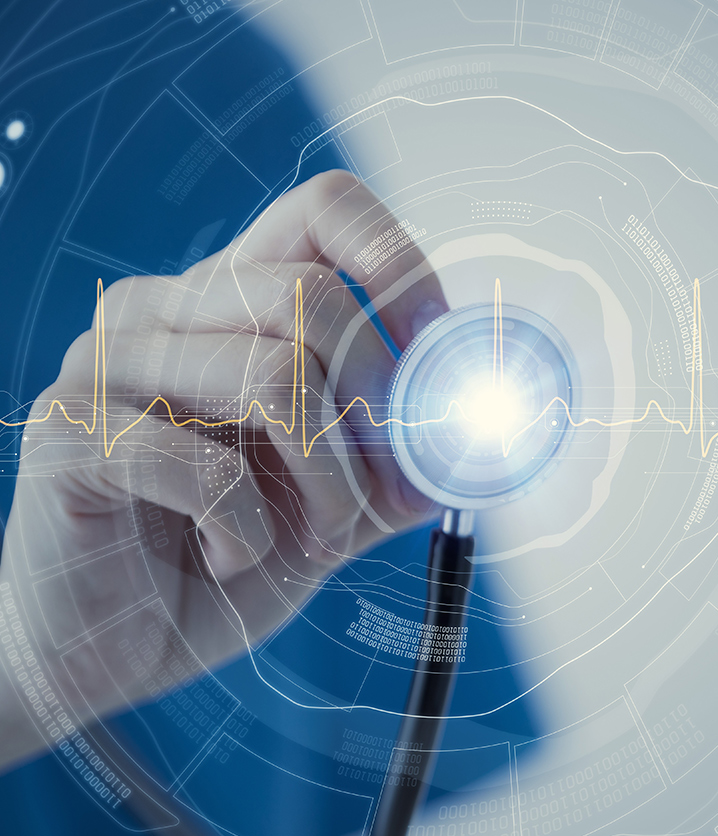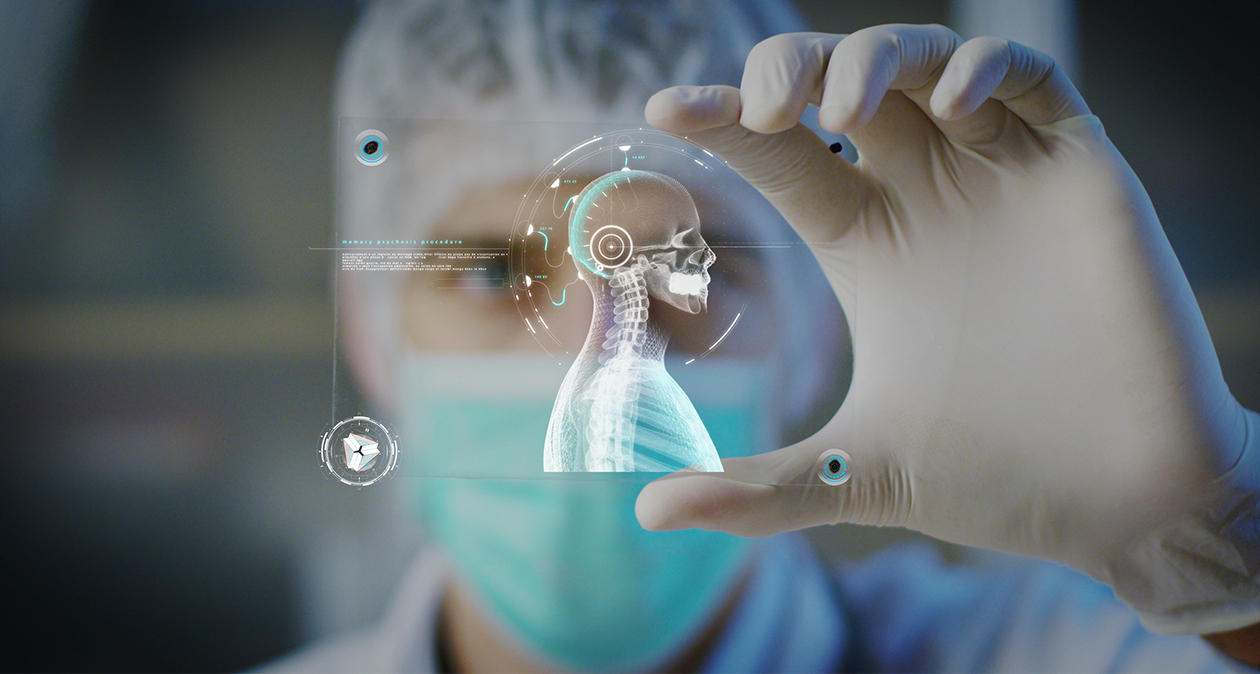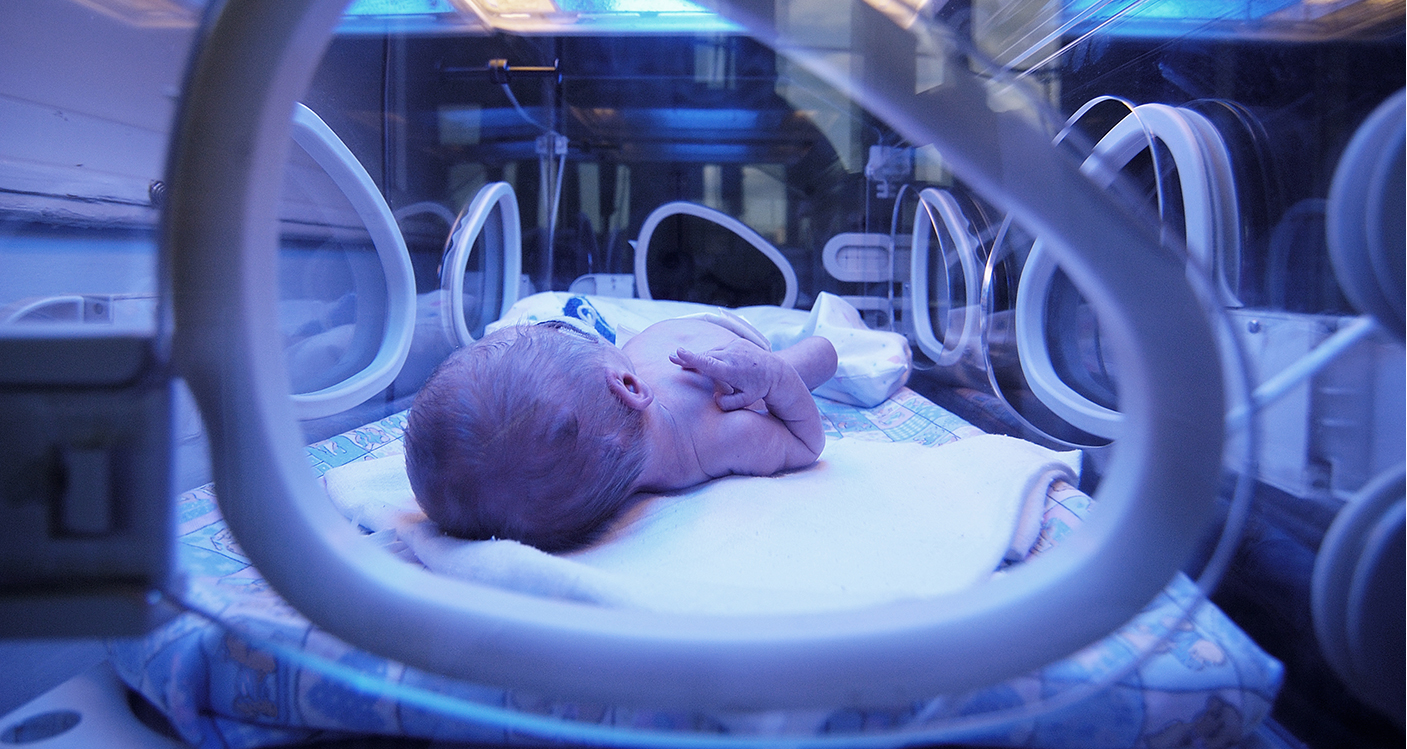VOL.54
July 2019


Special — Big Data Predicts Human Diseases
Big Data Predicts
Human Diseases
In the past, the biggest threats to human life were war, diseases, and infectious diseases. Of course, those threats still linger nowadays, but we are now living in an era where we can prevent and treat diseases and infectious diseases. In recent years, big data technology was introduced in medicine, which broadly and swiftly changed the field of preventive medicine. Now, it is increasingly possible to predict diseases and provide customized treatment through big data analysis.


Big Data Shifts Medical Paradigm
According to Statistics Korea, the average life expectancy in 2017 was 79.7 and 85.7 years of age for Korean men and women, respectively. This is more than double the average life span 100 years ago, when it was between 40 and 50 years of age. In 2017, a research team at Imperial College reported that the expected life span would soon exceed 90. Specifically, the Korean women born in 2030 will be the first to have a life expectancy exceeding 90 years of age. Longer life expectancy, however, means longer exposure to diseases. In this respect, the medical paradigm is shifting from treatment to prevention, and preventive medicine is growing increasingly important because prevention of diseases alone can reduce a large amount of social costs and improve the qualify of our longer life. With the arrival of the era of big data, the new technology has recently been used in predicting diseases and to provide customized treatment.
The keywords in the future medical paradigm include precision, prediction, prevention, and personal customization, and a number of governments have launched national medical big data projects. Former U.S. President Barack Obama unveiled the Precision Medicine Initiative (PMI) in his State of the Union address in 2015. As part of the initiative, Mr. Obama announced plans to provide personally customized treatment using big data including patients’ genome data and other treatment-related data. The president added that the PMI would also include a significant reduction of medical expenses. That year, the U.S. government conducted gene analysis of one million people to launch the Cancer Moonshot project in 2016, which helped the country to secure data related to cancer and other various diseases.
The U.K. government invested KRW 2 trillion won in newly established Health Social Care Information Centre (HSCIC) in 2013. The Genomics England project was launched to analyze 100,000 sets of genome of patients with rare diseases, cancer patients, and family members of those patients with an aim to prevent diseases based on a complete analysis of genetic data of 100,000 cancer patients. In 2015, Finland introduced a national project called MY DATA to transfer ownership to data from companies to individuals. This allowed the country to tap into a vast amount of treatment-related big data.
Cancer Moonshot
Project to design and implement random clinical tests of phases 1 and 2 for 24 months for 20 cancer types including breast cancer, lung cancer, prostate cancer, ovarian cancer, brain cancer, and laryngeal cancer.

Status of Medical Big Data in Korea
The Korean government is also establishing and using a healthcare big data system. The institutions that establish and use healthcare big data include the Ministry of Science and ICT, President’s Council on National ICT Strategies, Korea Institute of S&T Evaluation and Planning, Korea Institute of Science and Technology Information, National Health Insurance Service, and Health Insurance Review and Assessment Service. In June 2017, the Ministry of Science and ICT and the Ministry of Health and Welfare officially launched K-MASTER as a national strategic project led by Korea University Medicine, as well as a project group to develop P-HIS, a hospital information system for precision medicine. As a supervising institution, Korea University Medicine will partner with large hospitals in Korea that hold leading medical IT capabilities. The project is designed to establish an integrated solution to treatment by completing a genetic analysis platform for cancer diagnosis and treatment.
In July 2018, ETRI began cooperation with Dankook University for research on precision medicine that applies AI technology to medicine. ETRI has developed self-adaptation analysis engine technology to analyze datasets comprising different variables based on big data and AI technology. Now, ETRI is planning to test and verify such technology in medicine through cooperation with Dankook University Hospital, which has ample medical data. ETRI is currently conducting research on disease risk analysis on the basis of CyberDx, which is a medical data analysis engine reflecting a new machine learning model and cognitive data analysis algorithms. CyberDx integrates self-analysis and self-adaptation engine technology using machine learning as well as customized disease diagnosis analysis technology. The research team explained that a model customized for each individual patient can be developed once treatment-related data such as electronic medical record (EMR) is analyzed.
CyberDx
AI medical data search engine that analyzes disease risks for people using the new machine learning model and cognitive data analysis algorithms.

New Era for Preventive Medicine
The key aspect of big data is prediction. Prediction technology using big data represents the efforts to apply mathematics to a vast amount of data to infer probability. In fact, a hospital in Ontario, Canada, was able to identify and treat infection of premature babies by collecting big data through the equipment that monitors premature babies. Various monitoring equipment installed within the premature baby units produce a large amount of physiological data such as blood pressure, body temperature, ECG, and oxygen saturation in the blood of premature babies in incubators. However, it has been difficult to confirm infection because such data was discarded and instead only the status at the time of examination was recorded. The Ontario hospital used the physiological data of premature babies to identify certain patterns based on big data analysis solutions supported by IBM.
Many Koreans still remember the MERS breakout in 2015. Big data analysis is anticipated to serve as a key to identifying the spread of MERS and other epidemics. Big data-based analysis technology can help understand the routes and locations where MERS patients travel. Analysis of data related to MERS patients such as the dates when they visit hospitals and their medical records will identify their routes and closely contacted persons—persons to be isolated—much faster. If such data is marked on a map based on the results of big data analysis, it will be possible to trace in real time the risks of breakout in each region and the movement of infection.
Big data-based disease prediction will certainly upgrade the current level of medicine, but there will also be some side effects. In many cases, data analysis could be used to bind many people into a single group for the sake of prevention, and those people could be characterized by the group they belong to. For instance, an insurance company might establish a policy for insurance premium calculation on the assumption that “men aged 50 or older in a specific group are more likely to have prostate cancer, and therefore the men belonging to that group should pay more insurance premiums” even though those men have not contracted prostate cancer yet. In addition, people who enjoy outdoor activities or those who work in risky environments can be classified as people who should pay higher premiums than office workers because they are exposed to a higher chance of accident. In his book Homo Deus, renowned historial Yuval Harari stated that data will be the new religion instead of traditional religion in the era where humans became gods. In the era of big data, humans are highly likely to rely on decisions made based on big data, but imperfect technology provides wrong evidence. Big data will produce a large volume of results of analysis and prediction on the basis of a vast amount of information and data. If those results are wrong or if we fail to understand why we have obtained those results, a number of social issues will arise. In this context, big data-based prediction technology should be improved, and at the same time, we should develop thorough measures to cope with wrong analysis. After all, it is humans who use technology, and it is humans’ job to make the best of the value of big data.



